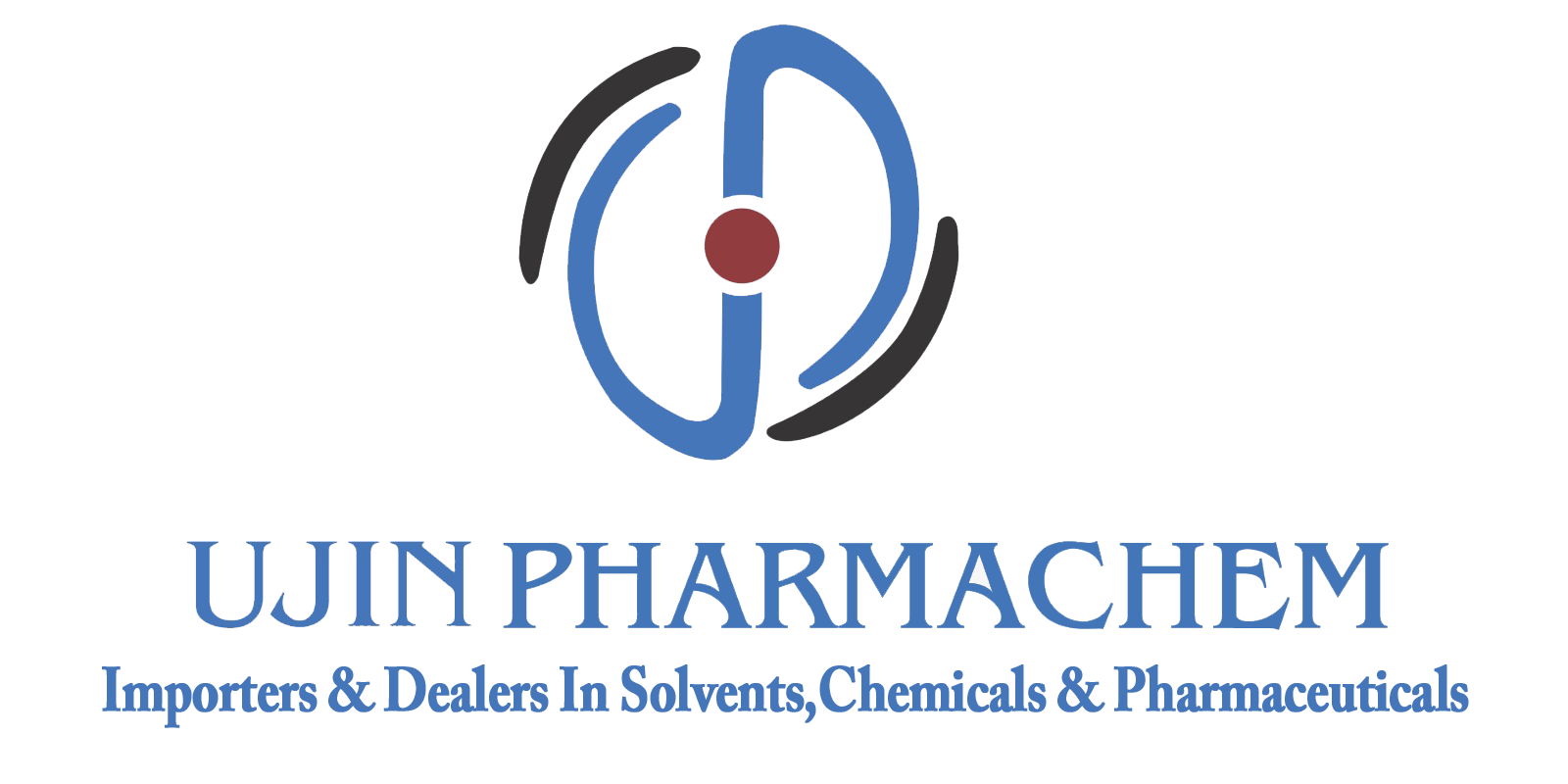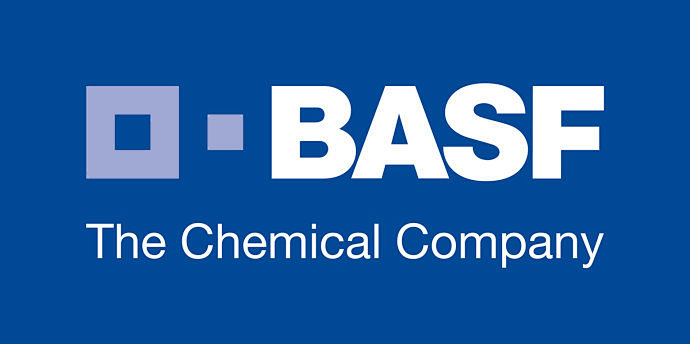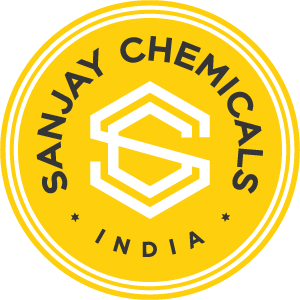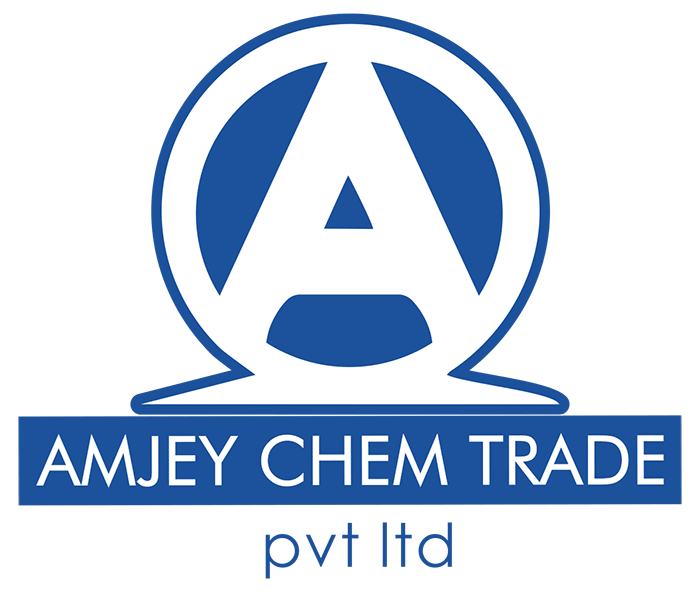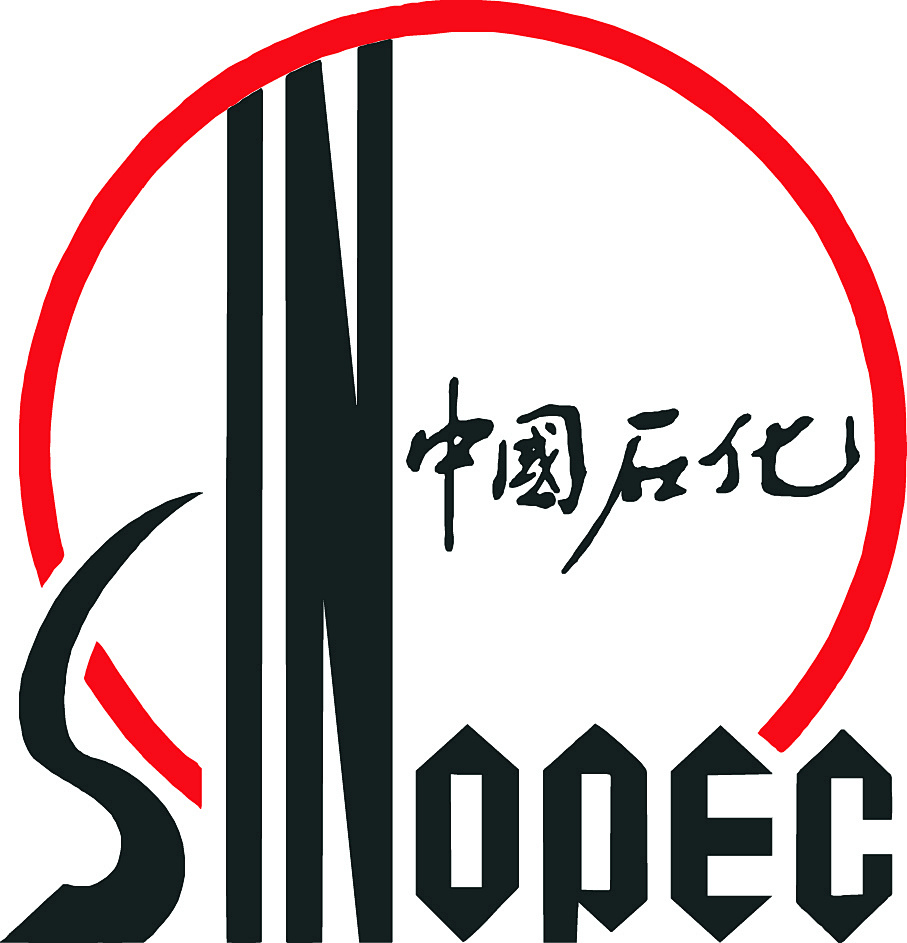
CHARACTER
EVA (ethylene-vinyl acetate copolymer), is a thermoplastic plastic, ethylene and vinyl acetate copolymer. EVA has excellent flexibility, impact resistance, low temperature resistance and good optical properties, as well as excellent processing properties and printability. Depending on the vinyl acetate content, EVA can exhibit a wide range of properties from rubbery to rigid plastics. EVA is widely used in packaging materials, hot melt adhesive, wire and cable insulation, shoes, toys, building waterproof materials and other fields. In the field of packaging, EVA is used to make various films, foams and sheets to protect products from impact and moisture. As a multifunctional thermoplastic material, EVA has a wide range of applications in modern industry.

APPLICATIONS
(1)EVA (ethylene-vinyl acetate copolymer) has a wide range of applications in the field of hot melt adhesives. As the main component of hot melt adhesive, EVA has excellent bonding properties and can firmly bond various materials. It is widely used in packaging, furniture, automotive, electronics and other industries to provide efficient and reliable bonding solutions for these industries.
(2)EVA also performs well in the field of film. EVA film has good transparency, flexibility and anti-aging properties, which makes it widely used in agricultural film, packaging film, photovoltaic film and other fields. In agriculture, EVA film can effectively protect crops and improve yield and quality; in the packaging industry, EVA film can provide high-quality packaging effect and protect products from damage.
(3)EVA is also an important raw material for foaming materials. EVA foam material is soft, wear-resistant, compressive and other properties, suitable for the production of shoes, toys, sports equipment, etc. These products not only have excellent performance, but also provide users with a comfortable experience.
(4) In the field of injection molding and molded products, EVA also plays an important role. EVA products have good toughness and elasticity, suitable for manufacturing all kinds of daily necessities, industrial supplies and so on. These articles not only have an aesthetic appearance, but also have excellent performance and durability.
(5) In addition, EVA is also widely used in the field of rubber products. EVA rubber has excellent wear resistance, aging resistance, tensile resistance and other properties, can be used in the manufacture of tires, seals, rubber hose and other rubber products. These products play an important role in transportation, machinery manufacturing and other fields.
(6)EVA can also be used as a sheath material for wires and cables. It has excellent wear resistance, aging resistance and waterproof performance, can protect wires and cables from damage to the external environment, and ensure the safety and stability of power transmission.
(7) EVA also plays an important role in the manufacture of auto parts. It can be used to manufacture auto parts such as sealing rings, dust covers, interiors, etc. It has good wear resistance and aging resistance, and helps to improve the service life and driving comfort of the car.
(8)EVA also has application value in the field of medical products. Because EVA is non-toxic, it can be used to manufacture medical equipment, nursing supplies, etc., to provide safe and reliable product support for the medical industry.
![]() +086 1911-7288-062 [ CN ]
+086 1911-7288-062 [ CN ]
![]() +852 97481178 [ HK ]
+852 97481178 [ HK ]


























































































